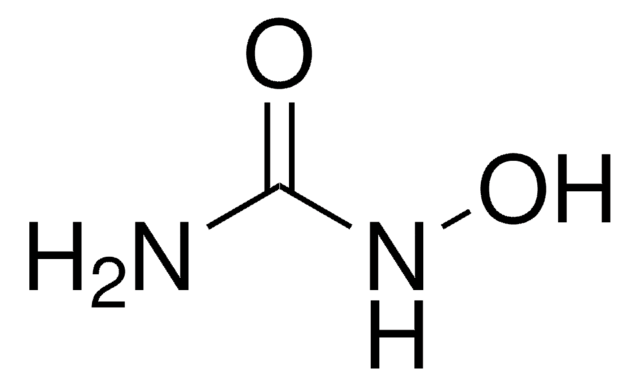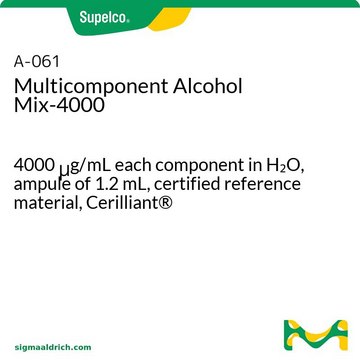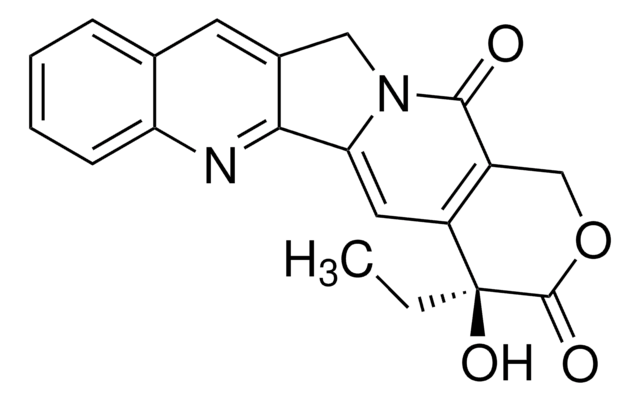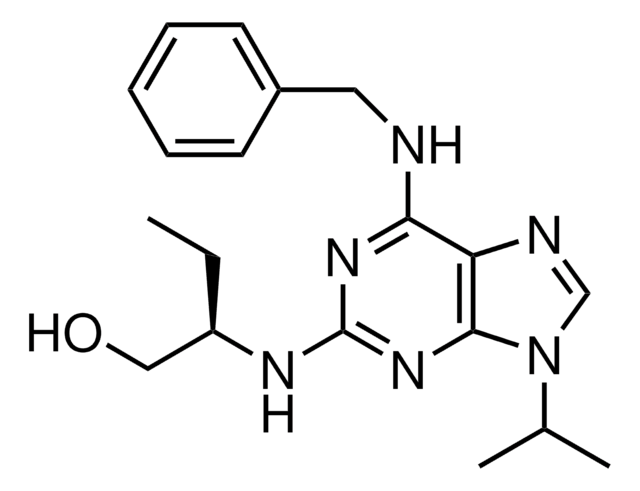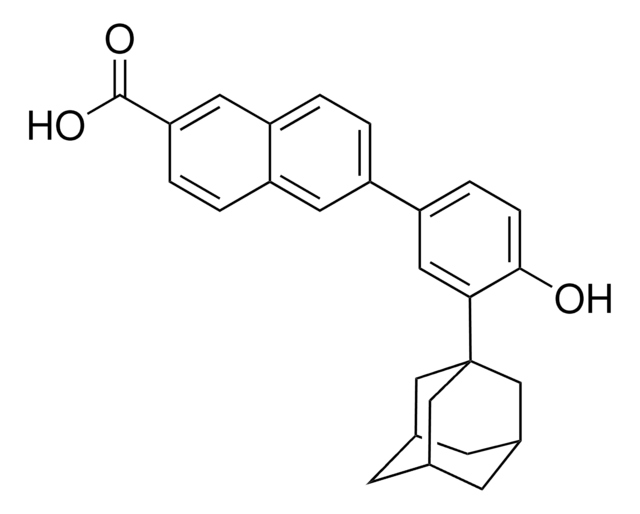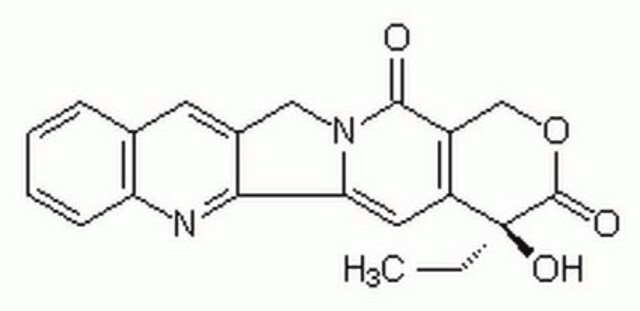About This Item
추천 제품
Quality Level
분석
≥98% (HPLC)
형태
powder
광학 활성
[α]27/D +12°, c = 1 in methanol(lit.)
색상
white
mp
227-233 °C (lit.)
solubility
ethanol: 1 mg/mL (stable at least a week at 4°C.)
DMSO: 10 mg/mL (stable at least six weeks at −20°C.)
methanol: 10 mg/mL
H2O: insoluble
항생제 활성 스펙트럼
neoplastics
viruses
동작 모드
DNA synthesis | interferes
저장 온도
2-8°C
SMILES string
[H][C@@]12CC[C@@]3([H])[C@](C)(CO)[C@H](O)CC[C@]3(C)[C@]14CC[C@](O)(CO)[C@]([H])(C2)C4
InChI
1S/C20H34O4/c1-17(11-21)15-4-3-13-9-14-10-19(13,7-8-20(14,24)12-22)18(15,2)6-5-16(17)23/h13-16,21-24H,3-12H2,1-2H3/t13-,14+,15-,16+,17-,18-,19-,20-/m0/s1
InChI key
NOFOAYPPHIUXJR-APNQCZIXSA-N
유전자 정보
human ... POLA1(5422) , POLD1(5424) , POLG(5428)
유사한 제품을 찾으십니까? 방문 제품 비교 안내
생화학적/생리학적 작용
특징 및 장점
주의사항
Storage Class Code
11 - Combustible Solids
WGK
WGK 3
Flash Point (°F)
Not applicable
Flash Point (°C)
Not applicable
개인 보호 장비
Eyeshields, Gloves, type N95 (US)
시험 성적서(COA)
제품의 로트/배치 번호를 입력하여 시험 성적서(COA)을 검색하십시오. 로트 및 배치 번호는 제품 라벨에 있는 ‘로트’ 또는 ‘배치’라는 용어 뒤에서 찾을 수 있습니다.
이미 열람한 고객
관련 콘텐츠
Apoptosis, or programmed cell death (PCD), is a selective process for the removal of unnecessary, infected or transformed cells in various biological systems. As it plays a role in the homeostasis of multicellular organisms, apoptosis is tightly regulated through two principal pathways by a number of regulatory and effector molecules.
n proliferating cells, the cell cycle consists of four phases. Gap 1 (G1) is the interval between mitosis and DNA replication that is characterized by cell growth. Replication of DNA occurs during the synthesis (S) phase, which is followed by a second gap phase (G2) during which growth and preparation for cell division occurs. Together, these three stages comprise the interphase phase of the cell cycle. Interphase is followed by the mitotic (M) phase.
자사의 과학자팀은 생명 과학, 재료 과학, 화학 합성, 크로마토그래피, 분석 및 기타 많은 영역을 포함한 모든 과학 분야에 경험이 있습니다..
고객지원팀으로 연락바랍니다.
